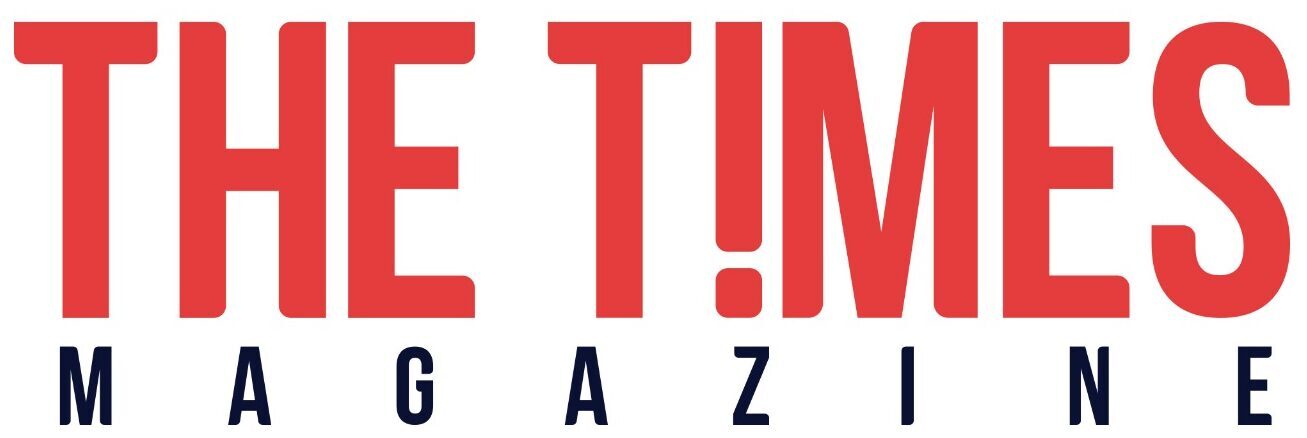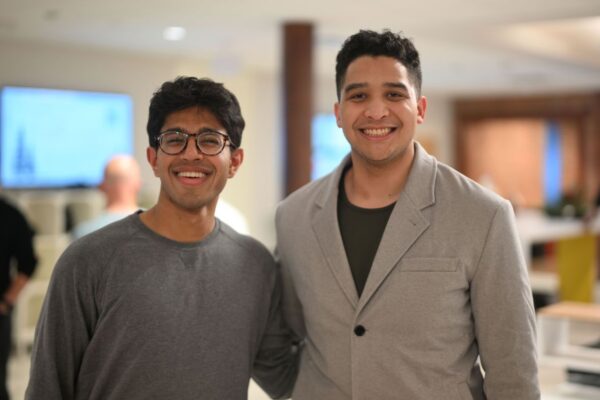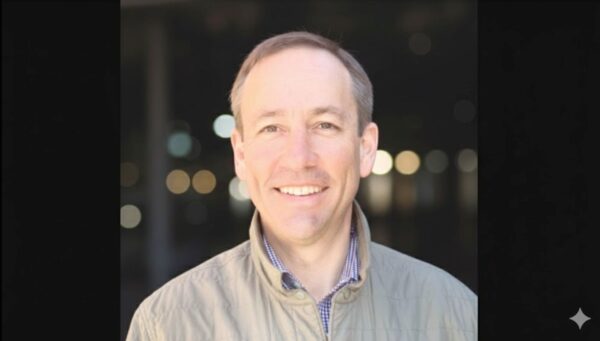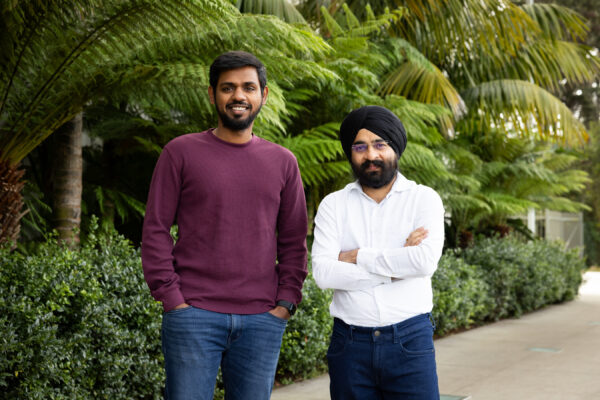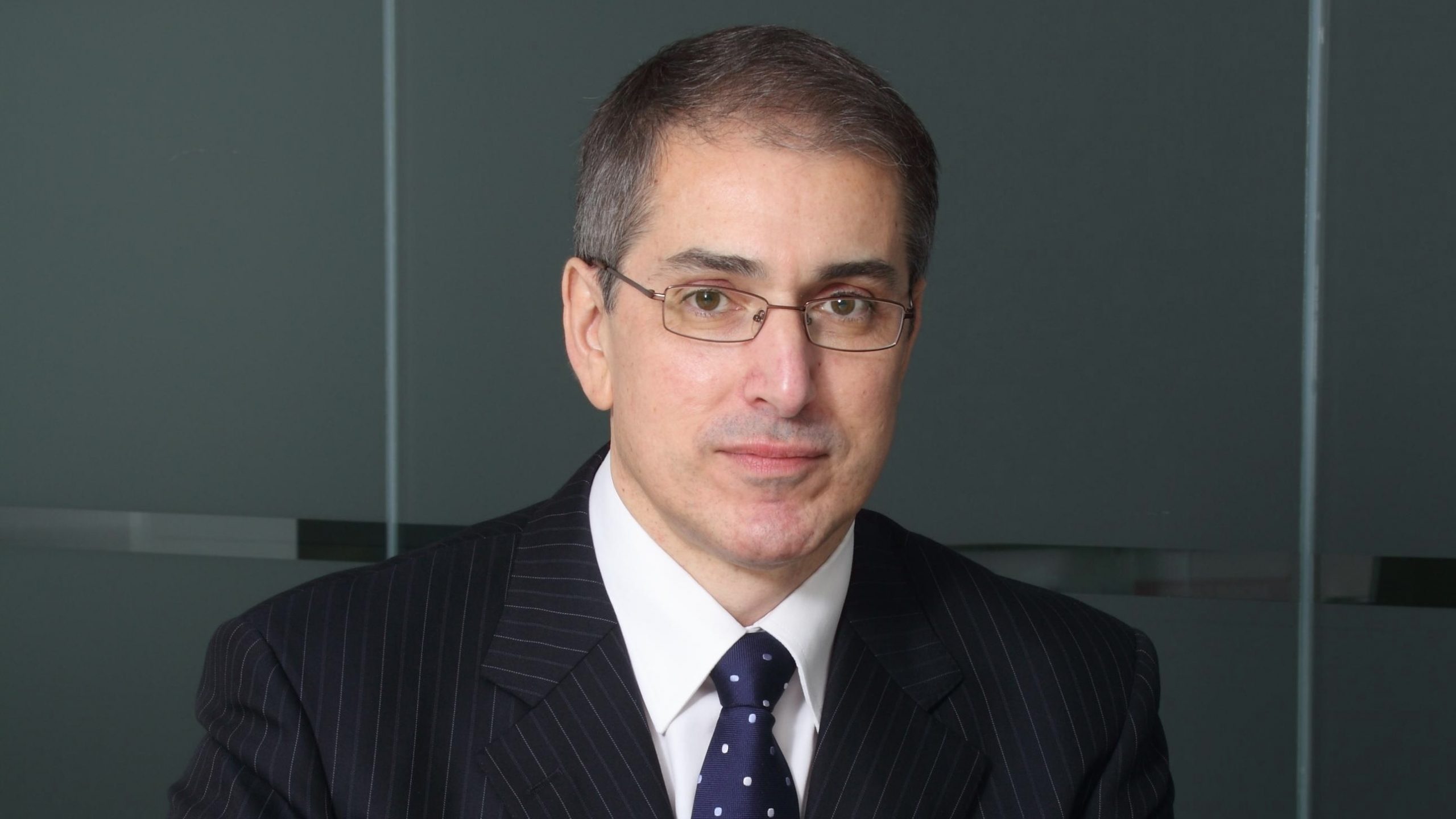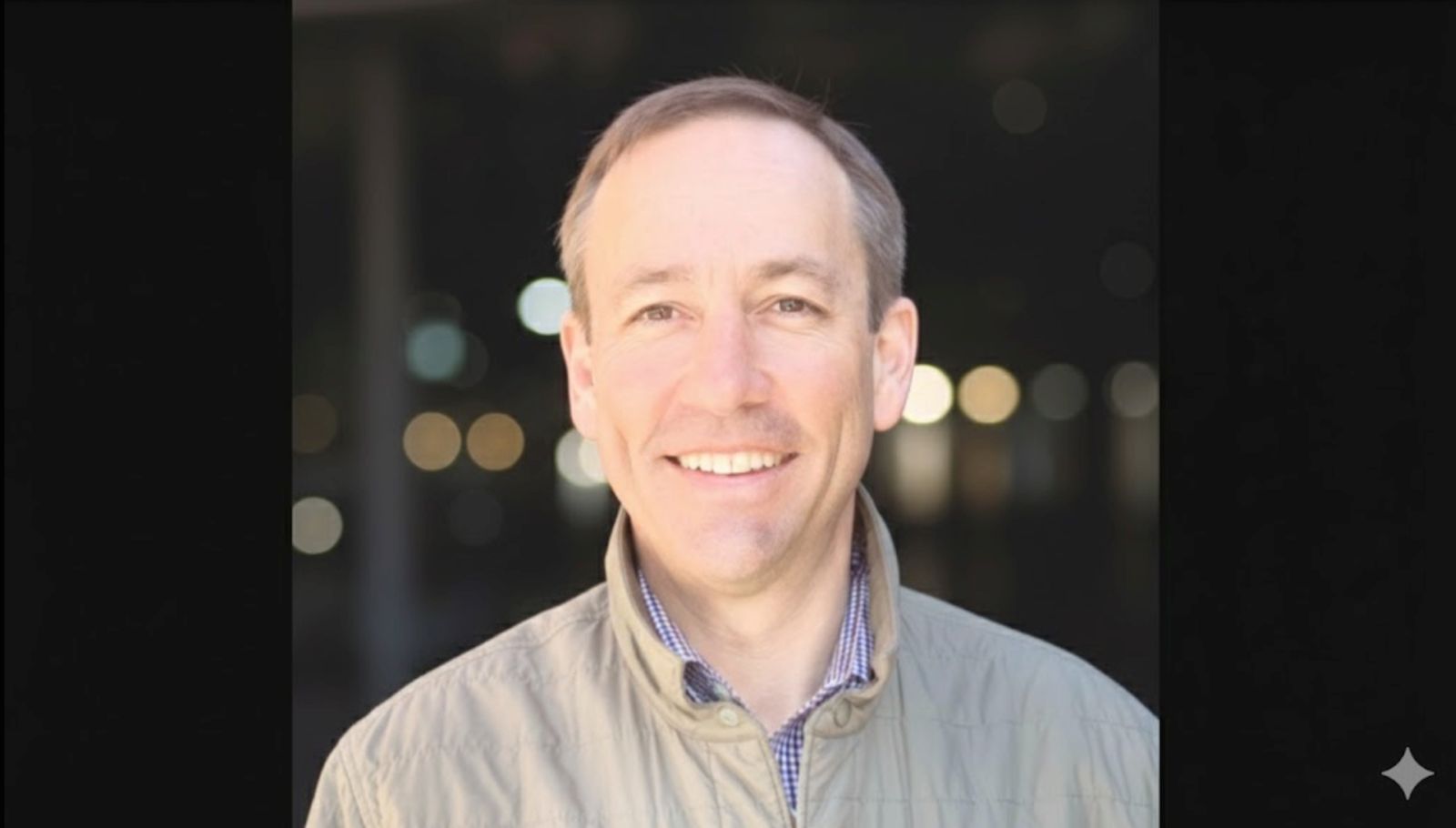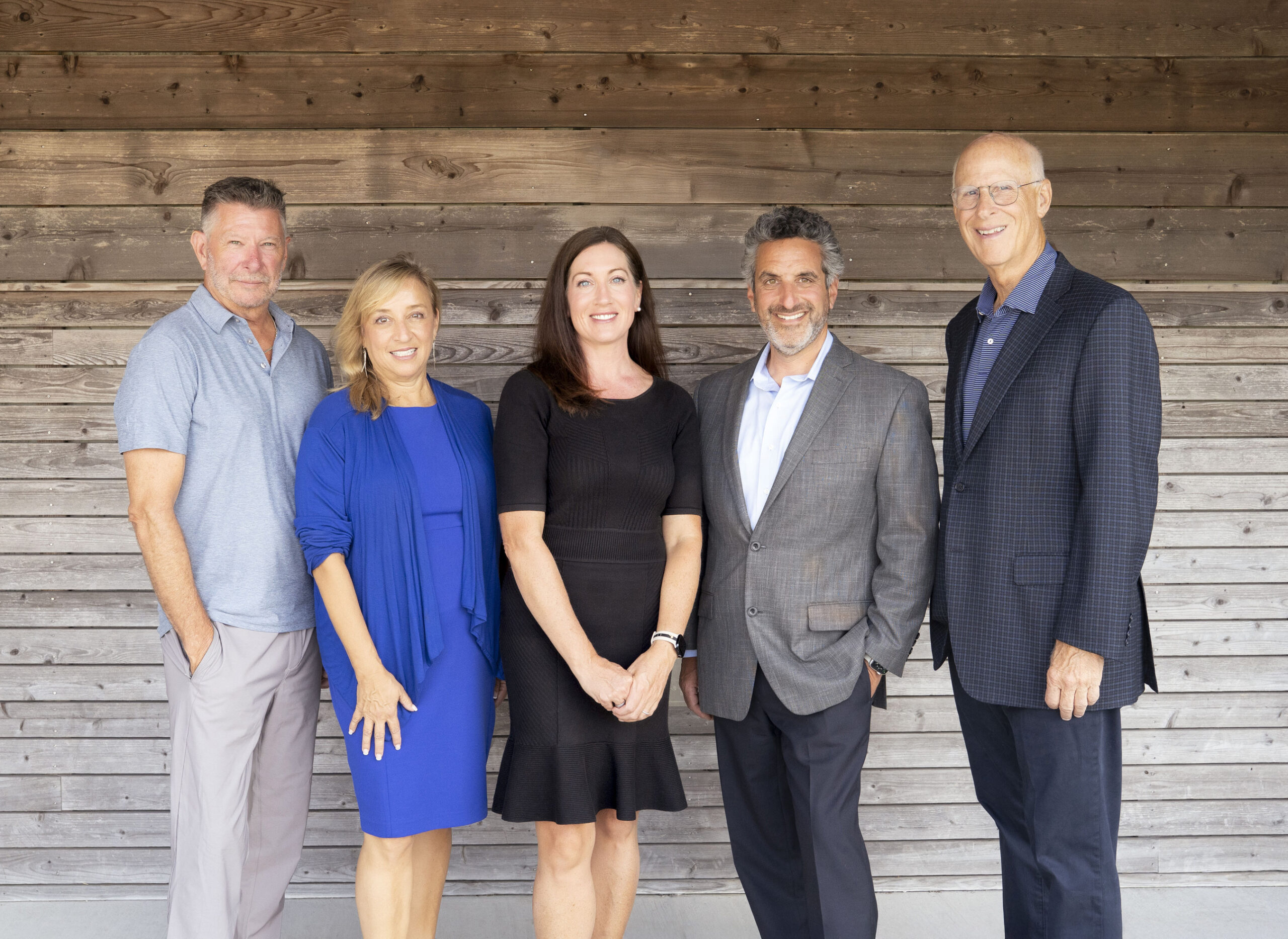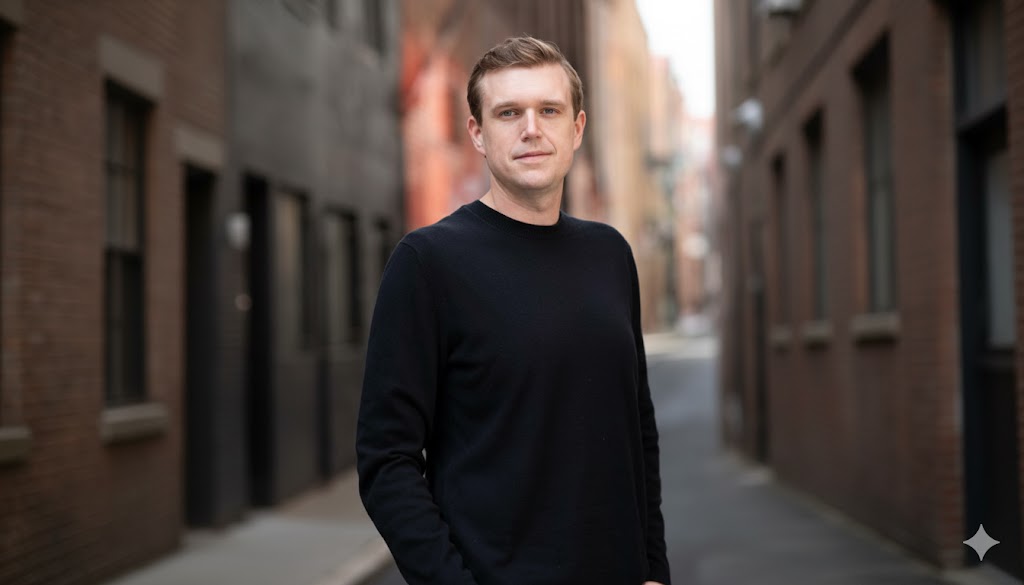As geopolitical tensions reshape the global minerals landscape, St George Mining is making a decisive play. The Australia-listed explorer has secured a hefty A$72.5 million in fresh funding to fast-track development of its Araxá rare earths and niobium project in Brazil—at a moment when the West is scrambling to loosen China’s grip on critical mineral supply chains. This isn’t just another capital raise; it’s a strategic pivot into the heart of a rapidly evolving global power play.
A New Competitive Frontier
Nestled in the mineral‑rich state of Minas Gerais, the Araxá project sits within the same carbonatite complex that hosts the globally dominant CBMM niobium operations. St George, having acquired full ownership of the asset earlier in 2025, now holds a maiden JORC Mineral Resource Estimate of 40.6 Mt at 4.13% total rare earth oxides (TREO) and 41.2 Mt at 0.68% Nb₂O₅.
To underscore its strategic intent, St George has already launched a drilling campaign spanning auger, RC, and diamond drilling—with more than 10,000 metres planned over 12–16 weeks—to expand the known envelope and convert inferred zones to higher confidence categories.
The fresh capital stack comprises A$50 million via placement to institutional funds and A$22.5 million from Gina Rinehart’s Hancock Prospecting, with shares issued at A$0.10 apiece. Hancock’s decision to back the deal expands its stake in St George and underscores the asset’s appeal to heavyweight strategic investors.
Executive Chair John Prineas remarked,
“We are delighted with the strong support received from local and overseas institutional investors who recognise the enormous potential of our high‑grade rare earths and niobium project at Araxá.”
He further added:
“We are also very pleased that Hancock Prospecting has chosen to increase its existing shareholding … as well as having significant project execution and delivery experience for St George to leverage off in the future.”
This infusion of capital is earmarked for well-defined next steps: resource expansion, metallurgical test work, pilot plant engineering, permitting, and delivery of a final investment decision (FID).
Strategic Winds Gaining Momentum
The timing could not be sharper. In recent weeks, Beijing has expanded export restrictions on technologies associated with rare earth mining, smelting, and processing—particularly where downstream application could have military use. With China currently controlling a lion’s share of global rare earth refining, the restriction on “tech exports” is fanning urgency in the West and elsewhere to secure backup supply lines.
From a macro lens, the U.S. Department of Interior has flagged niobium as a critical choke point: loss of access to foreign supplies is projected to inflict one of the sharpest GDP impacts among minerals in its risk assessments.
In parallel, St George is forming global alliances to de‑risk execution. A memorandum of understanding with Liaoning Fangda Group sets the stage for potential offtake, funding support, and technical collaboration—Fangda may secure exclusive rights to acquire 20% of niobium output. Earlier, St George also inked a MoU with Shandong Xinhai Mining Technology & Equipment Inc, which committed A$8 million toward development and brought EPC and metallurgical design muscle to the table.
Notably, St George’s acquisition path followed its buyout of Itafos’ 100% interest in Araxá. Under the structured deal, Itafos secured cash, a 10% stake in SGQ, and options & performance rights contingent on meeting resource milestones.
Editorial Perspective & Market Outlook
The Araxá project holds a rare confluence of value: high existing grades, proximity to infrastructure, political openness, and global imperatives to diversify rare earth and niobium supply out of China’s orbit. If St George can execute rigorously, Araxá could emerge as one of the relatively few Tier‑1 alternatives to Chinese dominance in these critical metals.
That said, execution risk is nontrivial. Moving from resource to production involves permitting, environmental approvals, capital intensity, metallurgy uncertainties, and securing downstream customers. The backing from Hancock and alignment with large offtake candidates like Fangda help, but they don’t guarantee success.
From an investor lens, this capital raise signals confidence—but it will require disciplined delivery. Key milestones to watch: successful expansion of the resource base (especially converting inferred blocks), metallurgical recoveries at scale, securing binding offtake or financing agreements, and setting a clear timeline toward FID.
In the broader minerals space, Araxá may emerge as a litmus test: can junior explorers translate geopolitical intent into real-world supply alternatives? If yes, St George could be among the beneficiaries. If not, this will be another cautionary tale of capital raised and opportunities lost.
If you need further assistance or have any corrections, please reach out to editor@thetimesmag.com.
